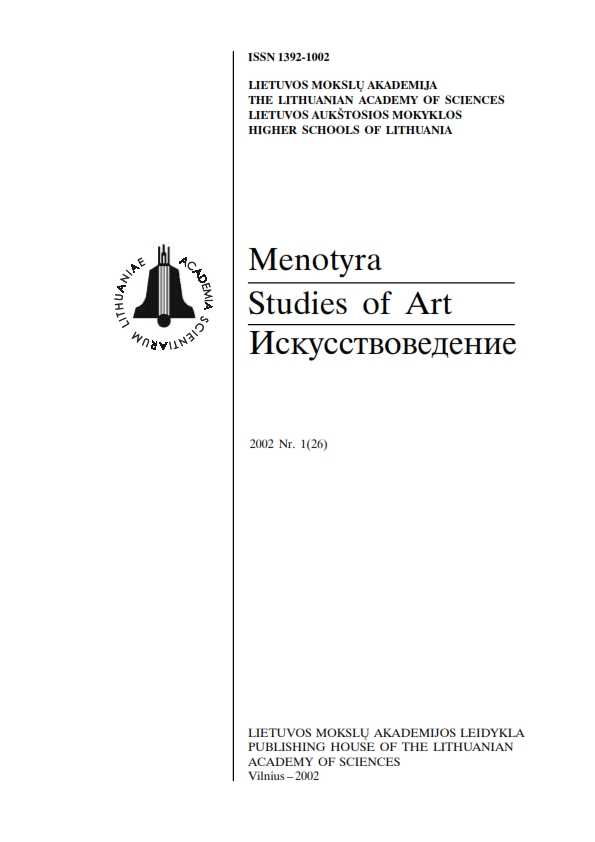Simfoniniai koncertai JAV lietuvių muzikiniame gyvenime: tautiškumo ir amerikietiškų tradicijų sąveika
Symphony concerts in music life of Lithuanians in the USA: interrelationship of national character and American traditions
Author(s): Danutė PetrauskaitėSubject(s): Cultural history, Music, Recent History (1900 till today), 19th Century
Published by: Lietuvos mokslų akademijos leidykla
Summary/Abstract: At the end of the 19th - beginning of the 20th c., prior to choirs or individual instrumentalists and singers, Lithuanian orchestras started their public performances. Those were not symphony orchestras, but the so-called 'bands', which would perform mainly marches and dance music and give concerts during Lithuanian gatherings. In that way Lithuanian immigrants were trying to adopt the traditions of American music life. Yet, after WWI the bands were gradually disappearing. The symphony orchestra first appeared on the Lithuanian stage in the first decades of the 20th c. when staging operettas or performing Lithuanian folk-style dances created by V. Nickus, as well as in Song Days and Song Festivals arranged by Lithuanians.Even though symphony music started spreading in the USA in the middle of the 19th c., Lithuanians were hardly interested in it. That's why up to the middle of the 20th c. only a few Lithuanian concerts of symphony music took place. The concert organized thanks to A. Vanagaitis and J. Olšauskas on August 19, 1934 was the greatest success: it included performance of symphony works by J. Naujalis, J. Karnavičius and V. Jakubenas. Anyway, the organisers found that type of music too expensive, and, besides, not very necessary for the audience in the context of gatherings.The Lithuanian music-related intelligentsia (composers, instrumentalists, conductors) that settled down in the USA after WWII paid greater attention to symphony music, as it became not only a pastime or a form of fostering national specificity, but also one of the tools of fight for independence of Lithuania. J. Kačinskas and V. Marijošius made the greatest contribution: they were leaders of American orchestras and performed works of Lithuanian composers with them. In this way, the acquaintance of cultures was taking place: Americans were given a chance to hear Lithuanian music, and Lithuanians, in collaboration with American performers, were able to write new compositions. Most significant and memorable concerts took place in New York in 1952 and 1968, in Washington in 1953, in Chicago in 1954, 1968, and 1970, and in Boston in 1958. The concerts got reviews not only in Lithuanian, but also in American periodicals, they consolidated the Lithuanian community and contributed to its prestige in the music-related community of the USA.In the last decades of the 20th c. Lithuanian concerts of symphony music in the USA were seldom held. This process was determined not by a shortage of national conductors, but rather by the lack of compatriots' attention to that genre, as well as a decrease in political activism, especially after Lithuania regained its independence. Lithuanians prioritized vocal music, and if they ever hired an orchestra, it was for performing opera, choral or national music.
Journal: Menotyra
- Issue Year: 2002
- Issue No: 1(26)
- Page Range: 55-63
- Page Count: 9
- Language: Lithuanian

